


Le Supermarine Walrus Hendon
English Translation
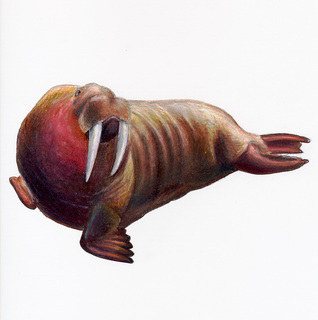 |
A l'origine de l’hydravion Supermarine Walrus nous trouvons en 1922 une initiative privée de développement d’un avion le Seagull Après diverses versions, nous arrivons au Supermarine Walrus initialement connu sous le nom de Seagull V qui a effectué son premier vol le 21Juin 1933.
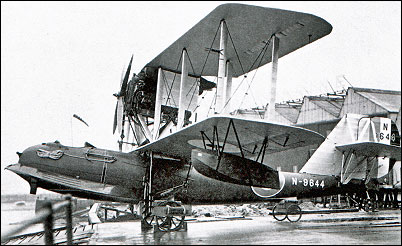 |
| Internet |
Une commande du gouvernement australien, est passé avant qu’il soit adopté par la Royal Navy en 1935 et rebaptisé Walrus
Le Walrus est un hydravion biplan (coque en bois ou métal) alimenté par un Bristol Pegasus VI 9-cylindre en étoile à refroidissement par air offrant une vitesse de 217 km / h et une autonomie de 966 km. Il a été utilisé pour la reconnaissance maritime et de sauvetage avec un équipage de trois hommes
.jpg) |
.jpg) |
.jpg) |
| Merci à Vincent |
Supermarine
Ce nom est plus connu à travers le chasseur Spitfire.
C’est un constructeur d’avions britannique . la firme a été fondée en 1913 en temps que Pemberton-Billing, Ltd par Noel Pemberton . Elle construit des hydravions et certains prototypes d'aéronefs notamment des modèles quadri planes qui furent utilisés contre les Zeppelins comme le PB29 et le Supermarine Nighthawk . Le PB 29 utilise un canon sans recul Davis et le Nighthawk avait un générateur électrique auxiliaire pour alimenter un projecteur
En 1916, Pemberton-Billing vend la société à 'Hubert-Scott-Paine son directeur d'usine . Son nom sera longtemps associé au nom de l'entreprise Supermarine Aviation Works, Ltd
Après la 1ère guerre mondiale la société est devenue célèbre pour ses succès dans la coupe Schneider réservée aux hydravions, avec en particulier trois victoires d'affilée de 1927, 1929 et 1931.
 |
| Internet |
En 1928Vickers-Armstrongs absorbe Supermarine en temps que Supermarine Aviation Works (Vickers), Ltd en 1938 les pole Armstrongs Aviation de la société Vickers est réorganisé pour devenir Vickers-Armstrongs (Aircraft) Ltd,
Supermarine continue bien la mise au point la construction et la commercialisation sous son propre nom . Le Spitfire a été d’ailleurs le premier avion terrestre a être construit pour cette entité
Si le Spitfire pour l'imagerie populaire est devenu l'appareil associé à la bataille d'Angleterre, nous oublions pas que Supermarine a construit d’autres avions et hydravions
| Productions Supermarine |
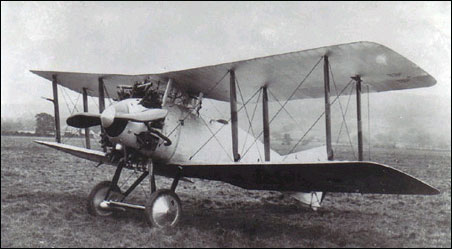 |
 |
| Nigth Hawk | PB 1 |
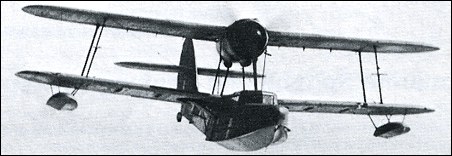 |
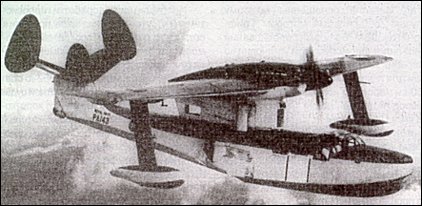 |
| Seaotter | Seagull II |
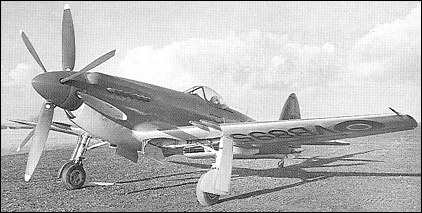 |
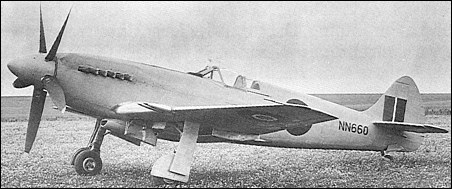 |
| Seafang | Spitfull |
Ce sont les Seafire (une version navale du Spitfire). Et son successeur le Seafang et le Spiteful pour le Spitfire ainsi que l’hydravion Walrus Le dernier 'appareil construit fut le Supermarine Scimitar
L’Usine Supermarine de Wollston à Southampton a été lourdement bombardée en 1940 par la Luftwaffe .
Après la guerre Supermarine est devenue filiale de la British Aircraft Corporation avec comme corollaire la perte du nom Supermarine.
Maintenant Supermarine est présent sous le nom de Northshore Marine qui construit une gamme de bateaux à moteur
Développement
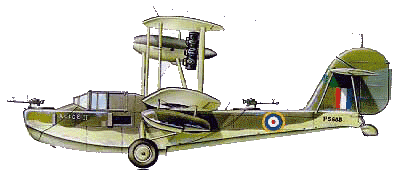 |
| Internet |
Le Walrus (morse ) est un hydravion biplan (coque en bois et en métal) conçue par RJ Mitchell mu par un moteur Bristol Pegasus VI 9-cylindre à étoiles à refroidissement par air offrant une vitesse de 217 km / h et un rayon d’action de966 km
Il était mis en œuvre par la RAF, RAAF, RCAF, Fleet Air Arm ,RNZN ,RNZAF
Elle a été utilisée par la Fleet Air Arm sur les croiseurs de batailles cuirassés et croiseurs de ka Royal Navy
La première force a le mettre en œuvre fut la Royal Australian Air Force (RAAF) pour équiper ses croiseurs
La partie inférieure des ailes de ce biplan sont fixées sur le fuselage avec des flotteurs montés sous chacunes des ces aile Les ailes peuvent être repliés sur un navire, ce qui donne une envergure de 5,5 m seulement.
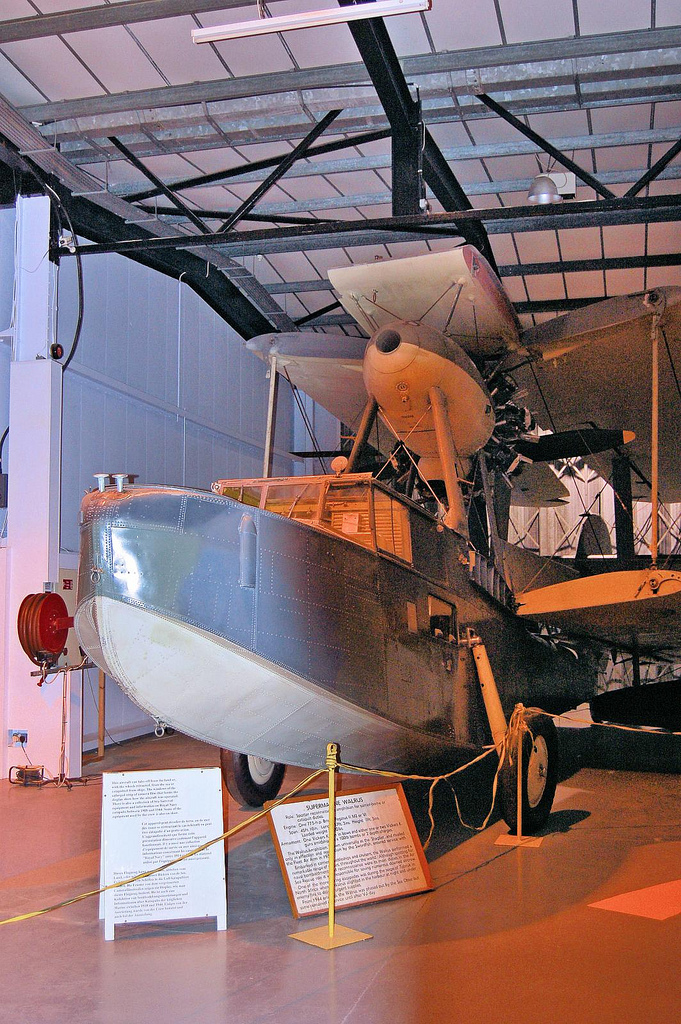 |
| Internet |
Le moteur est un Bristol Pegasus VI type à étoile disposé à l’arrière de l‘aile supérieure sur une nacelle suspendue à la section centrale
Il permet de mettre en œuvre une hélice quadri pale
Les commandes de cet avion sont assez particulières car le pilote ou le copilote peuvent placer le manche a balai indifféremment à gauche ou a droite . en effet celui-ci est amovible.
.jpg) |
| Internet |
Le Seagull III fut le premier hydravion a être catapulté au monde à partir d’un navire militaire
Le Seagull V était armé de 2 Vickers K MG, une dans le nez de l’appareil(baignoire avant ) et l autre à l arrière
345 kg de bombes ou de charges anti sous marines montées sous les ailes inférieures complètent son armement
Production
Apres une commande de 24 Seagull V'A2 en 1935 par la Royal Air Force cet hydravion fut baptisé Walrus,
Le premier Walrus de série eut le numéro K 5772, il vola le 16 Mars 1936.
Un total de 740 Walrus ont été construits
287 Seagull V et Walrus I, avec une coque revêtue de métal
452 Walrus II coque en bois. Avant la clôture de la chaine en Janvier 1944.
The Walrus a été surnommé le "Shagbat" ou "Steam-pigeon", ce nom venant de la vapeur produite par l'eau s‘échappant du moteur Pegasus.
Utilisation par la RAF et les forces du Commonwealth
Australie
Les premiers Seagull V, ont été livrés entre 1935 et 1937.
Ils seront basés sur des navires de guerre australien
HMAS Australia (MTO [le théâtre des opérations Méditerranée]),
HMAS Canberra (MTO, PTO SWPA, perdu à Guadalcanal en 1942),
HMAS Sydney (MTO, PTO SWPA, perdu au large de la côte ouest de l'Australie 1942)
HMAS Perth
HMAS Hobart.
Grande-Bretagne
Le Walrus a été livré en 1936 (contrat initial de 1935 pour 12 Walrus Mk I)
Après de nouveaux essais, le Walrus a été catapulté en pleine charge à partir du HMS Nelson, et une commande pour 204 avions équipés du moteur en étoile 474kW Pegasus II M2 a été placée , et le petit hydravion est entré en service dans la Fleet Air Arm service Il a equipé en premier lieu let HMS Achilles
.jpg) |
En 1939, le Walrus était très répandu, et a survole les eaux britanniques, de la Méditerranée et l'Extrême-Orient. Il servira à bord de cuirassés et croiseurs de la Royal Navy et dans le monde entier en tant que composantes des 700 701, 711, 712 et 714 Squadrons,
.jpg) |
.jpg) |
Leurs principales tâches fut la reconnaissance et la recherche de l'ennemi et la lutte anti sous marine
Le Walrus a équipé comme avion Recce et SAR les Squadrons 269, 275, 276, 277, 278, 281 et 282 Squadrons au Royaume-Uni, et les Squadrons 283, 284, 292 et 294 Squadrons au Moyen-Orient . Ils furent utilisés par tout temps, de jour ou de nuit, pour le sauvetage des aviateurs tombés en mer . ils furent aussi utilisés dans le sauvetage des aviateurs alliés flottant dans leur canot dans les champs de mines là où aucun navire de surface pouvait aller
Il servira également à la protection des convois et aussi éventuellement comme bombardier lorsque le18 Novembre 1940 après été catapulté depuis le croiseur HMS Dorsetshire un Walrus bombarde une cible en Somalie italienne .
Peu à peu le Walrus a été remplacé à partir de 1944 par le Sea Otter
Caractéristiques
Poids à vide: 2.220 Tonnes
Chargée de poids: 3,265 tonnes
Équipage: 3-4
Longueur: 10,2 m
Wingspan14.0 m
Hauteur: 4,6 m
Surface alaire: 56,7 m²
Moteur: 1 Bristol Pegasus VI (radial), 680 ch
Vitesse maxi 215 km / h à 1450 m
Gamme de 965 km
Plafond: 5650 m
Armement
2 x K Vickers MG
345 kg de bombes et de grenades.
Utilisateurs
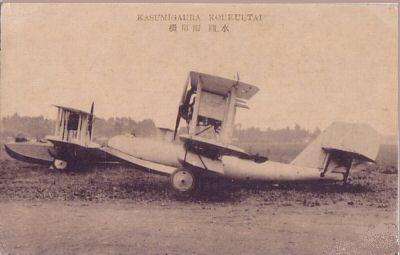 |
| Japon |
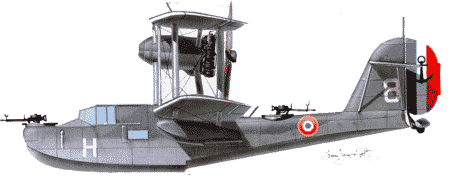 |
| France Aéronavale |
.jpg) |
.jpg) |
.jpg) |
| Argentine | Japon | Espagne |
.gif) |
.jpg) |
.png) |
| Irlande | Australie | Canada |
.gif) |
.jpg) |
.jpg) |
| Egypte | France Aéronavale | Nouvelle-Zélande |
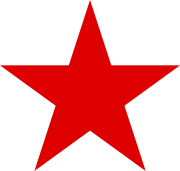 |
.jpg) |
.png) |
| URSS | Turquie | Royaume-Uni |
RAF Squadrons
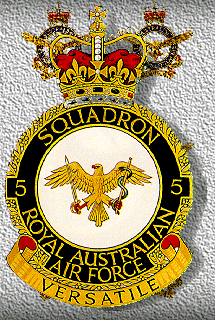 |
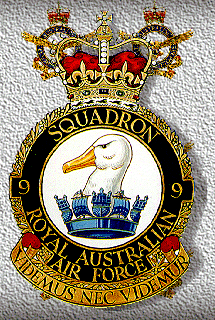 |
| 5th RAAF | 9th RAAF |
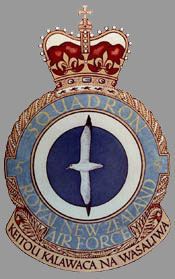 |
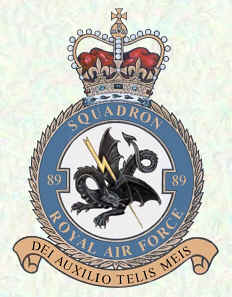 |
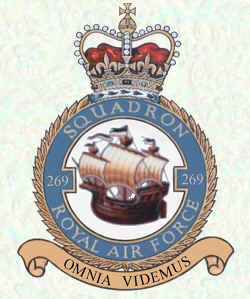 |
| 5th RAF | 89th RAF | 269th RAF |
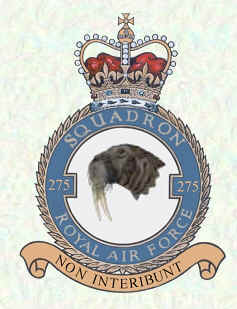 |
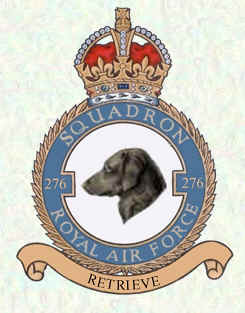 |
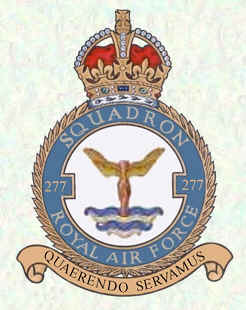 |
| 275th RAF | 276th RAF | 277th RAF |
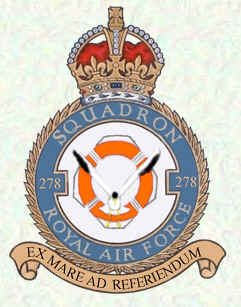 |
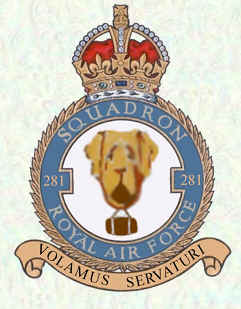 |
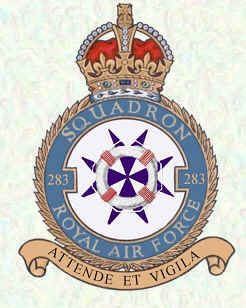 |
| 278th RAF | 281th RAF | 283th RAF |
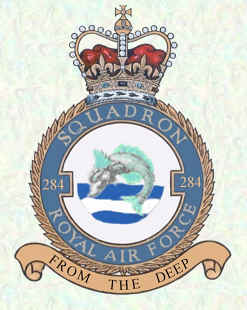 |
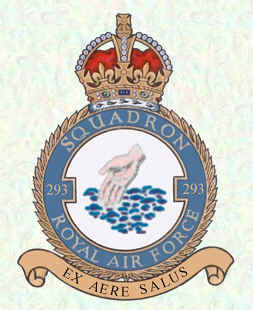 |
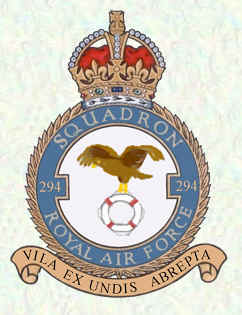 |
| 284th RAF | 293th RAF | 294th RAF |
Autres Photoscopes (Others Walk Around ) 1 2
The Supermarine Walrus
 |
At the origin of the Supermarine Walrus amphibian we found in 1922 a private venture development the Seagull After versions we arrive to the Supermarine Walrus originally known as the Seagull V who make the first flew June 21st 1933 .
A production order by the Australian government before being adopted by the Royal Navy in 1935 and renamed Walrus
 |
| Internet |
Walrus was an equal-span single-bay biplane ( metal and wooden hull) powered by a Bristol Pegasus VI 9-cylinder radial air-cooled engine providing a top speed of 217 km/h and a range of 966 km. He was used for marine Recce and Rescue with a crew of three
.jpg) |
.jpg) |
.jpg) |
| Thanks to Vincent |
Supermarine
This name is best know by the carrier of the Spitfire .
She was a bristish aircraft manufacturer She was founded in 1913 as Pemberton-Billing, Ltd by Noel Pemeberton-Billing who produce sea-going aircraft and some prototypes using quadruplane designs to shoot down Zeppelins with the P.B.29 and the Supermarine Nigth Hawk. The PB 29 as a recoilless Davis Gun and the Nighthawk had a separate power plant to power a searligth
In 1916 Pemberton-Billing sold the company to Hubert –Scott –Paine his factory manager and long time associate who renamed the company Supermarine Aviation Works, Ltd.
After WW1 company became famous for its successes in the Scheinder for seaplanes, especially the three wins in a row of 1927, 1929 and 1931.
 |
| Internet |
In 1928 Vickers- Armstrongs took over Supermarine as Supermarine Aviation Works (Vickers), Ltd and in 1938 all Vickers-Armstrongs aviation interests were reorganized to become Vickers-Armstrongs (Aircraft) Ltd, although Supermarine continued to design, build and trade under its own name. The Spitfire was the first landplane design to go into production
| Supermarine Productions |
 |
 |
| NigthHawk | PB 1 |
 |
 |
| Sea Otter | SeaGull V |
 |
 |
| SeaFan | Spitefull |
If especially Spitfire caught the popular imagination and became the aircraft associated with the battle of England we don’t forget that Supermarine make also other aircraft and flying boat
Other well-known planes from were the Seafire (a naval version of the Spitfire).and his successors Seafang for Seafire and Spiteful for the Spitfire and the Walrus flying boat. The last of the Supermarine aircraft was the Scimitar
The Supermarine main works was in Wollston Southampton and she was heavily bombed in 1940 by the Luftwaffe ..
After war Supermarine became a part of the British Aircraft Corporation and the heritage names was lost.
Now Supermarine is present under the name of Northshore Marine who built a range of motorboats
Development
 |
Walrus was an equal-span single-bay biplane ( metal and wooden hull) designed by RJ Mitchell p owered by a Bristol Pegasus VI 9-cylinder radial air-cooled engine providing a top speed of 217 km/h and a range of 966 km
He was operated by RAF RAAF RCAF Fleet Air Arm RNZN RNZAF It was used by Fleet Air Arm on Cruisers Battle Ship and Battle Crusiers
The first interested was the Royal Australian Air Force (RAAF). delivered for service on cruisers
The lower wings of this biplane were set in the shoulder position with a stabilizing float mounted under each one, with its horizontal tail surgaces being positioned high on the tail-fin. The wings could be folded on ship, giving a stowage width of
5.5 m.
.jpg) |
| Internet |
The engine is a Bristol Pegasus VI radial type was housed in a nacelle slung from the centre section of the upper wing and powered a four-blade propeller in push position One of the more unusual characteristics of the aircraft was that the control column was not a fixed fitting in the usual way, but could be unplugged from either of two sockets at floor level. It became a habit for only one column to be in use; and when control was passed from the pilot to co-pilot or vice-versa, the control column would simply be unplugged and handed over.
.jpg) |
| Internet |
The Seagull III was first amphibious aircraft in the world to be launched by catapult with a full military load.
The Seagull V was armed with 2 Vickers K MG, one in each of the open positions in the nose and rear fuselage; and 345 kg of bombs or depth Charges mounted beneath the lower wings
Production
After an order of 24 in 1935 exemples of Seagull V 'A2 the Royal Air Force order this flying boat as Walrus,
The first Walrus serial number K 5772, flying on March 16th 1936.
A total of 740 Walrus were built
287 Seagull V and Walrus I, in metal-clad hull
453 Walrus II in wooden-hulled. before finally ending in January 1944.
The Walrus was nicknamed the "Shagbat" or "Steam-pigeon"; this last name coming from the steam produced by water striking the hot Pegasus engine.
Australia
The first Seagull V, was delivred between 1935,and 1937.
They are based on Australian war battle
HMAS Australia (MTO [Mediterranian Theatre of Operations]),
HMAS Canberra (MTO, PTO SWPA, lost at Guadalcanal in 1942),
HMAS Sydney (MTO, PTO SWPA, lost off the coast of Western Australia 1942)
HMAS Perth
HMAS Hobart.
Great Britain
The first Walrus was delivered in 1936 (initial contract of 1935 for 12 Walrus Mk I )
Following further trials, Walrus was catapulted fully loaded from HMS Nelson, production orders for 204 aircraft with the 474kW Pegasus II M2 radial were placed, and the little flying-boat entered Fleet Air Arm service in 1936. He was deployed first on HMS Achilles
 |
In 1939 Walrus was in widespread use, and saw service in British home waters, the Mediterranean and the Far East. He serve aboard battleships and cruisers of the Royal Navy all over the world as components of No. 700 701, 711, 712 and 714 Squadrons, their principal duties being over-the-horizon search for enemy shipping; they were also employed for gunnery spotting, antisubmarine
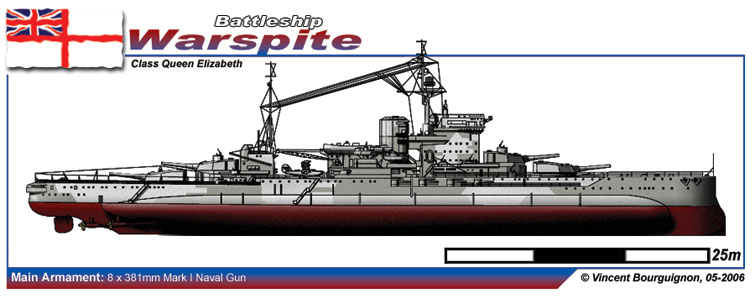 |
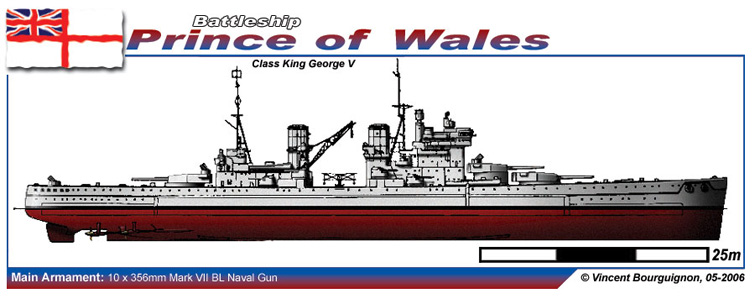 |
Is Walrus was a recce and SAR flying boat ( 269, 275, 276, 277, 278, 281 and 282 Squadrons) at stations in the United Kingdom, and with 283, 284, 292 and 294 Squadrons in the Middle East Called out in any weather, day or night, Walrus air/sea rescue aircraft frequently alighted in enemy coastal waters to pick up ditched Allied airmen from their dinghies, sometimes putting down in minefields where rescue launches could not venture
He serve also in convoy protection duties and as bomber in November 18th 1940 when after been catapulted from the cruiser HMS Dorsetshire a Walrus bomb a target in Italian Somaliland . Slowly Walrus was replaced from 1944 by the Sea Otter
| Internet |
Specifications
Empty weight: 2.220 Tons
Loaded weight:3.265 Tons
Crew: 3-4
Length: 10.2 m
Wingspan14.0 m
Height: 4.6 m
Wing area: 56.7 m²
Powerplant: 1 Bristol Pegasus VI (radial), 680 hp
Speed Max 215 km/h at 1450 m
Range 965 km
Ceiling : 5650 m
Armament
2 x Vickers K MG
345 kg bombs and depth charges